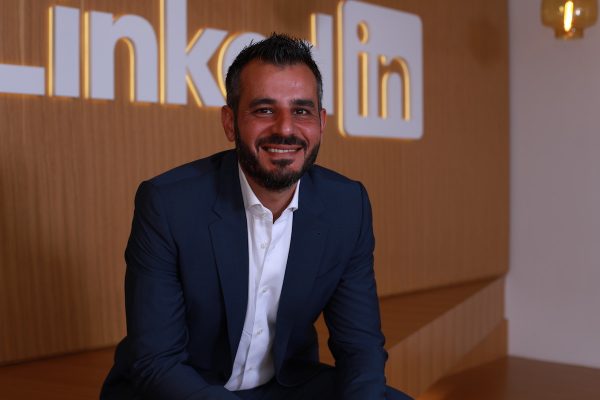By Ziad Rahhal, Head of LinkedIn Marketing Solutions, MENA

It might surprise you to learn that up to 95 per cent of B2B buyers are not currently looking to buy goods and services. This is a deceptively simple fact, but it has a profound implication for advertising: it means that advertising mostly targets clients who aren’t going to make a purchase anytime soon.
Are you saying the right thing to the right people in the right place? Join us at the next Campaign Online Briefing: Cross-Platform Marketing – How to do It Right. Our experts will help you put together a content strategy that works across all the right media.
The B2B Institute, LinkedIn’s marketing think tank, and the Ehrenberg-Bass Institute at the University of South Australia have published a report making the counterintuitive case that B2B advertising works primarily not by reaching people who will buy today, but instead by reaching people who will not buy today. In fact companies change service providers, such as their principal bank or law firm on average once every five years. This means that the number of potential B2B buyers in any given period is significantly smaller than most marketers believe.
The Advertising effectiveness and the 95-5 rule: most B2B buyers are not in the market right now report suggests that the time between purchases for most goods and services is relatively long and, as a result, most buyers are not looking to make purchases today.
These findings are substantiated on a regional level as well. In another study by LinkedIn that looks at B2B tech purchasing behaviours in the UAE and KSA, it becomes clear that the technology purchasing journey is longer than many marketers realize, with over 40 per cent of purchasing journeys extending well beyond one year. The study also shows that 78 per cent of tech buyers in the UAE and KSA are constantly exploring alternatives, even if they are not planning on making a purchase now.
The Age of Agility is LinkedIn’s largest survey of B2B technology decision-makers and provides insights to help technology marketers grow and adapt their business.
Most buyers are not in the market
The fact that most buyers are not “in the market” has important implications for how advertising works. Professor John Dawes, Professor of Marketing at the Ehrenberg-Bass Institute, the University of South Australia, who authored the first report, said: “The 95-5 rule means that the way advertising ‘works’ isn’t by stimulating people to buy. Therefore, the way it works must principally be by building a memory link for the brand in buyers’ minds. This memory link will be activated when the buyer does come into the market. Advertising impressions, accumulated over time, affect our memories, so advertising has to be designed to create distinct impressions about your brand in people’s minds to be activated later.”
The report suggests B2B marketers should spend the majority of their budget on brand building – running broadly targeted, long-term campaigns focused on building memory links, which is the opposite to what many B2B marketers do today.
According to The Age of Agility study, we live in a world of information asymmetry which makes brand more important than ever. The study also shows that 1 in 3 tech decision makers in the UAE and KSA conducts an independent assessment before reaching out to a vendor.
In a digital world, decision-makers are leaning into earlier stages of the journey – when researching and shortlisting takes place. To that end, it’s paramount that marketers focus just as much, if not more, on building a strong brand to engage with key decision makers, not just driving leads.
It is time that B2B marketers radically rethink their approach and focus more on long-term brand building, instead of focusing too much on short-term wins chasing in-market buyers. B2B brands of all sizes will need to reassess how they raise awareness and build memorable connections to a brand, an investment that this report proves is essential to driving growth.









